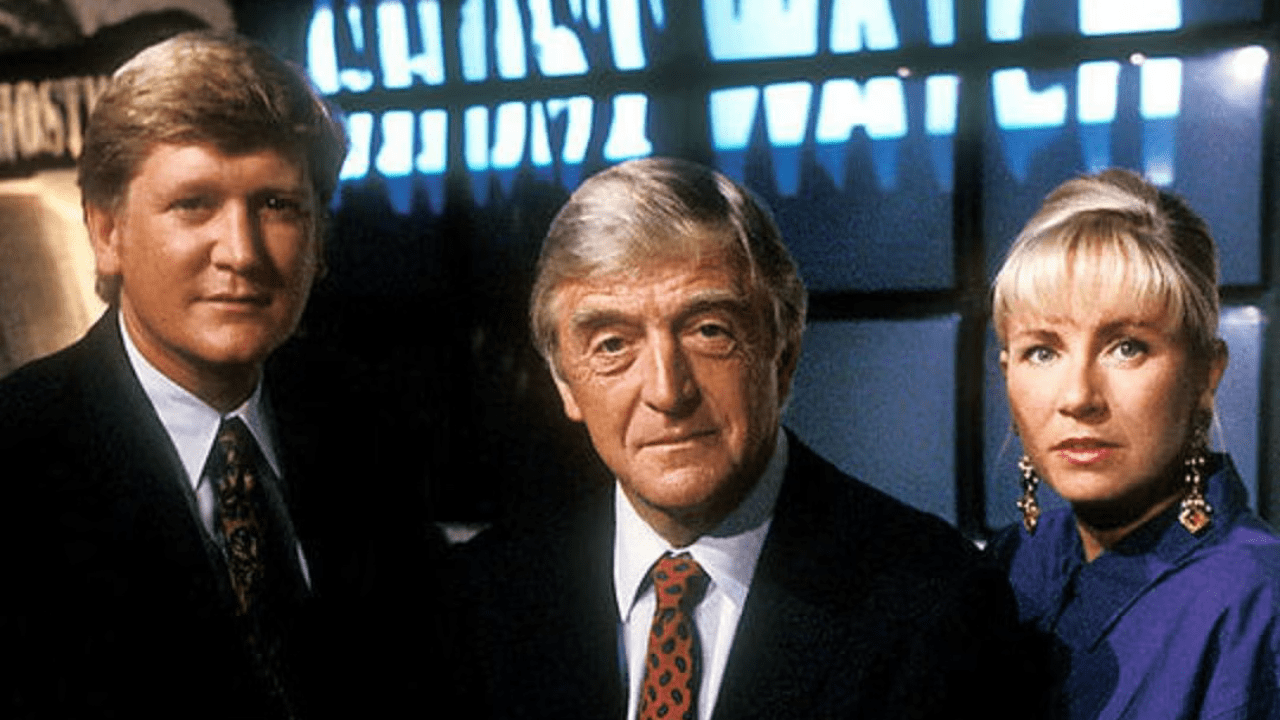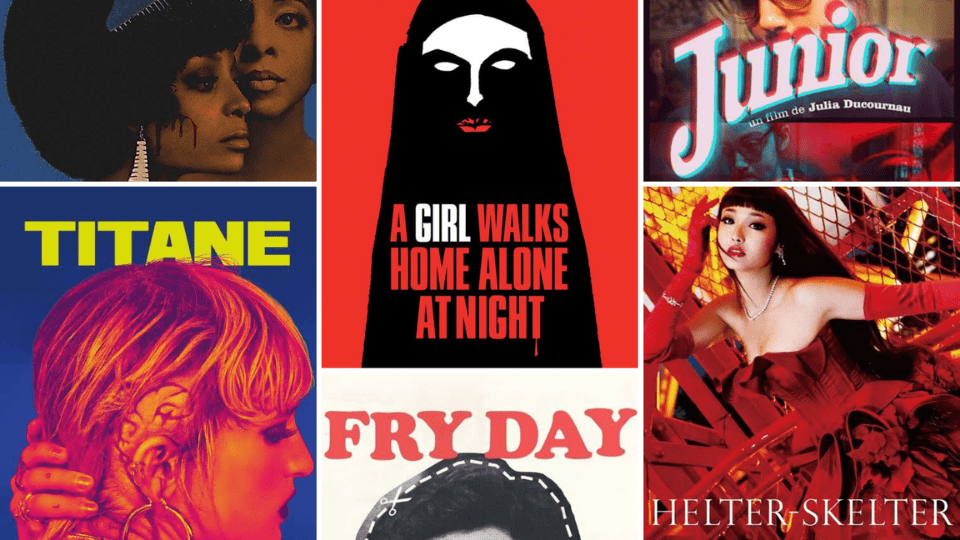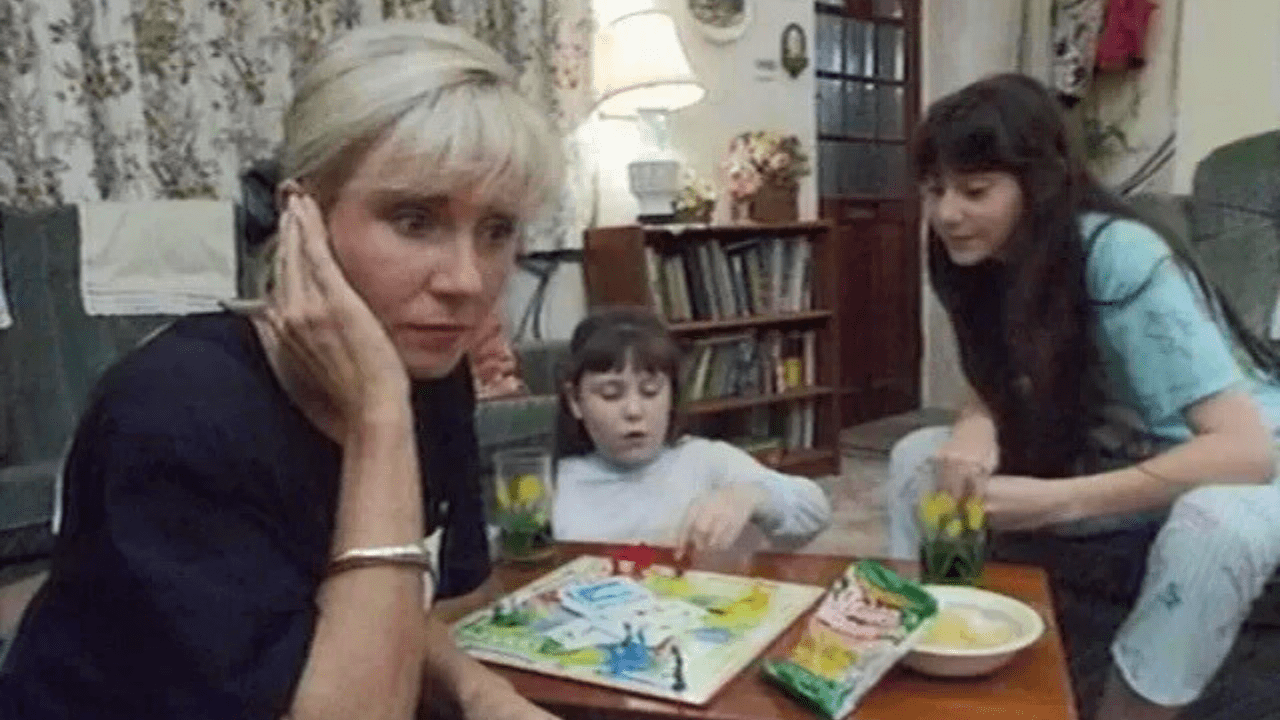On Halloween night in 1992, the BBC aired a television film that would go down in history for a controversy that continues to fascinate audiences. Ghostwatch, a "pseudo-documentary" written by Stephen Volk and directed by Lesley Manning, was presented as a live paranormal investigation. Despite being recorded weeks in advance, its unique presentation and use of well-known BBC personalities led many viewers to believe it was real, causing a nationwide panic and an estimated one million phone calls to the BBC switchboard.
Ghostwatch's plot was inspired by the real-life Enfield poltergeist case from the late 1970s. The film focused on the fictional Early family, whose home was allegedly haunted by a poltergeist named "Pipes." The program was hosted by a cast of familiar faces, including Michael Parkinson, Sarah Greene, Mike Smith, and Craig Charles, all playing versions of themselves. They were joined by a parapsychologist, Dr. Lin Pascoe.
The show followed a typical live TV format. Parkinson and Pascoe were in the studio, while Greene, along with a camera crew, was on location at the Early's house. Smith handled phone calls from viewers sharing their own ghost stories, and Charles interviewed locals about the neighborhood's history. This blend of recognizable hosts and a seemingly live format convinced a significant portion of the audience that what they were watching was a genuine documentary.
The supernatural events in the house started subtly before escalating to a terrifying climax. The tension was expertly built through a series of "unscripted" moments, including noises, objects moving on their own, and the eventual possession of one of the Early daughters by Pipes. The show culminated in a frantic, terrifying sequence where Pipes takes over the studio, possessing Parkinson himself.
A Predecessor to Found Footage
Ghostwatch's style of filmmaking, presenting a fictional story as though it were "found footage" from a real event, was groundbreaking. It is widely considered a direct precursor to modern horror films like The Blair Witch Project and Cloverfield. The documentary's use of real BBC technicians as part of the on-screen crew and the inclusion of a genuine BBC call-in number (081 811 8181) further blurred the line between reality and fiction, making the experience all the more convincing for viewers.
The BBC, worried about the potential public reaction, nearly pulled the show before it aired. Ultimately, they insisted on adding opening credits that identified it as a Screen One drama. However, many viewers either missed this detail or disregarded it, leading to the massive public response.
The Aftermath and Lasting Impact
The backlash against Ghostwatch was immediate and severe. The BBC received an overwhelming number of complaints from terrified viewers. The Broadcasting Standards Commission later ruled that the BBC had a duty to be clearer about the fictional nature of the program, especially given the presence of children's TV presenters like Sarah Greene.
The film's most tragic consequence was the suicide of 18-year-old Martin Denham, who had a learning disability. His family blamed the program for his death, stating that the show had "hypnotized and obsessed" him, particularly after a faulty central heating system in their home caused noises that he linked to the ghost in the program. In its ruling, the Broadcasting Standards Commission stated that the BBC had gone too far, creating a "deliberate attempt to cultivate a sense of menace."
Despite never being repeated in full on UK television, Ghostwatch has found new life internationally and on home video. In 2013, a retrospective documentary, Ghostwatch: Behind the Curtains, was released, chronicling the film's production and its enduring legacy. The film has inspired subsequent works like Derren Brown's Séance and the 2020 horror film Host, whose creators paid homage to Ghostwatch with an in-film reference.
Today, Ghostwatch is celebrated for its innovation and acknowledged for its cautionary tale about the power of television. Its lasting impact is a testament to its effectiveness as a piece of psychological horror and a reminder of the fine line between drama and reality.


